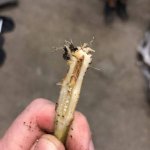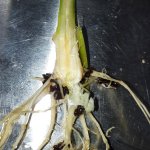ive run into a problem with root rot...and been doing some searching through university articles, and came across this
and was wondering if anyone can give me a bit more info on it or products containing it or where to get it? my search for that has come up nil.
and was wondering if anyone can give me a bit more info on it or products containing it or where to get it? my search for that has come up nil.

 anyone?
anyone?





